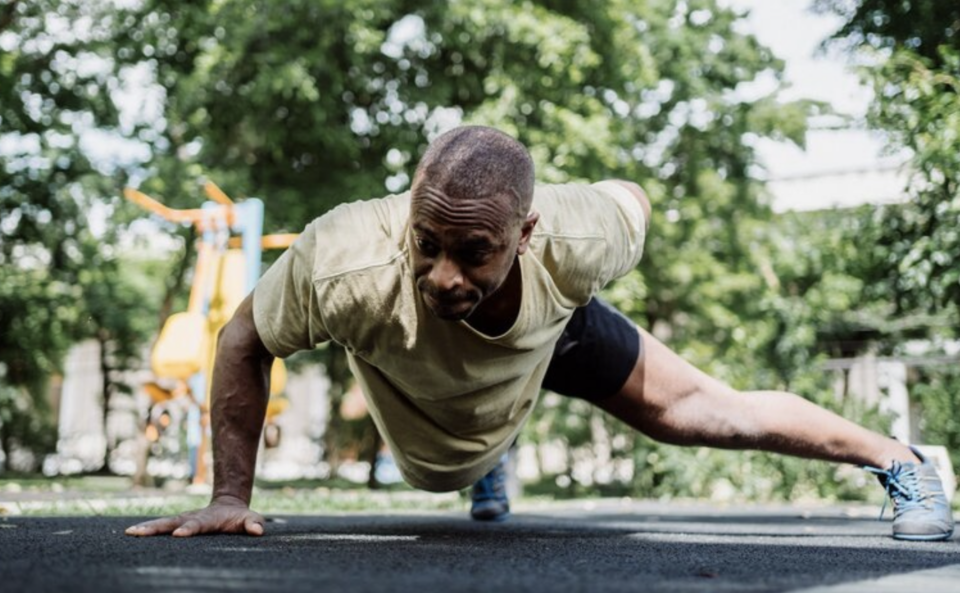In 2017, Hungarian professional athlete Peter Lakatos introduced Primal Movement Workouts, drawing inspiration from his childhood training involving games that honed coordination and intelligence. These workouts, designed to be both enjoyable and effective, seek to encapsulate core principles that foster personal and athletic development. One of its fundamental tenets is the engagement of the entire body throughout the exercise, eliminating the necessity for compartmentalized workout schedules. This approach proves especially advantageous for those with limited time, as high-intensity circuit training, like Primal Movement Workouts, efficiently utilizes time while delivering substantial results.
Beyond its efficiency, Primal Movement Workouts tap into the innate and primitive human movements inherent in daily activities. Instead of focusing on intricate maneuvers, the emphasis is on embracing basic, playful behaviors that infuse anticipation and delight into training sessions. This shift from viewing exercise as a chore to welcoming it as an eagerly awaited activity contributes to its effectiveness. A study featuring squat jumps, a primal movement, showcased improved lower body functionality, encompassing strength and velocity.
The foundational categories of Primal Movement Workouts encompass a range of movements essential to human physicality:
Pushing: Involves repelling danger by creating distance. This movement engages muscles such as shoulders, upper back, chest, and triceps.
Pulling: Necessitates attracting resistance towards oneself, engaging muscles like lats, upper back, and biceps. This movement is often used in rowing exercises.
Rotation: Centrally focused on core strength, this movement supports stability during motion and complements other movements by enhancing muscle contraction.
Squatting: Revives the often-neglected lower body mobility by benefiting quads, hips, ankles, and feet.
Hinging: Similar to bending, this movement focuses on horizontal mobility and engages muscles like hips, ankles, feet, and hamstrings.
Lunging: Enhances overall balance and coordination by emphasizing unilateral movement.
Locomotive (Gait): Reflects the natural mode of transportation, incorporating the body’s instinctive ways of moving.
Primal Movement Workouts have found resonance across various fitness disciplines, including calisthenics, yoga, mixed martial arts, and endurance training. This versatility underscores the accessibility of primal movements in diverse activities. Ultimately, embracing Primal Movement Workouts encourages individuals to reconnect with their primal instincts and rediscover the joy of fundamental and invigorating movement.

